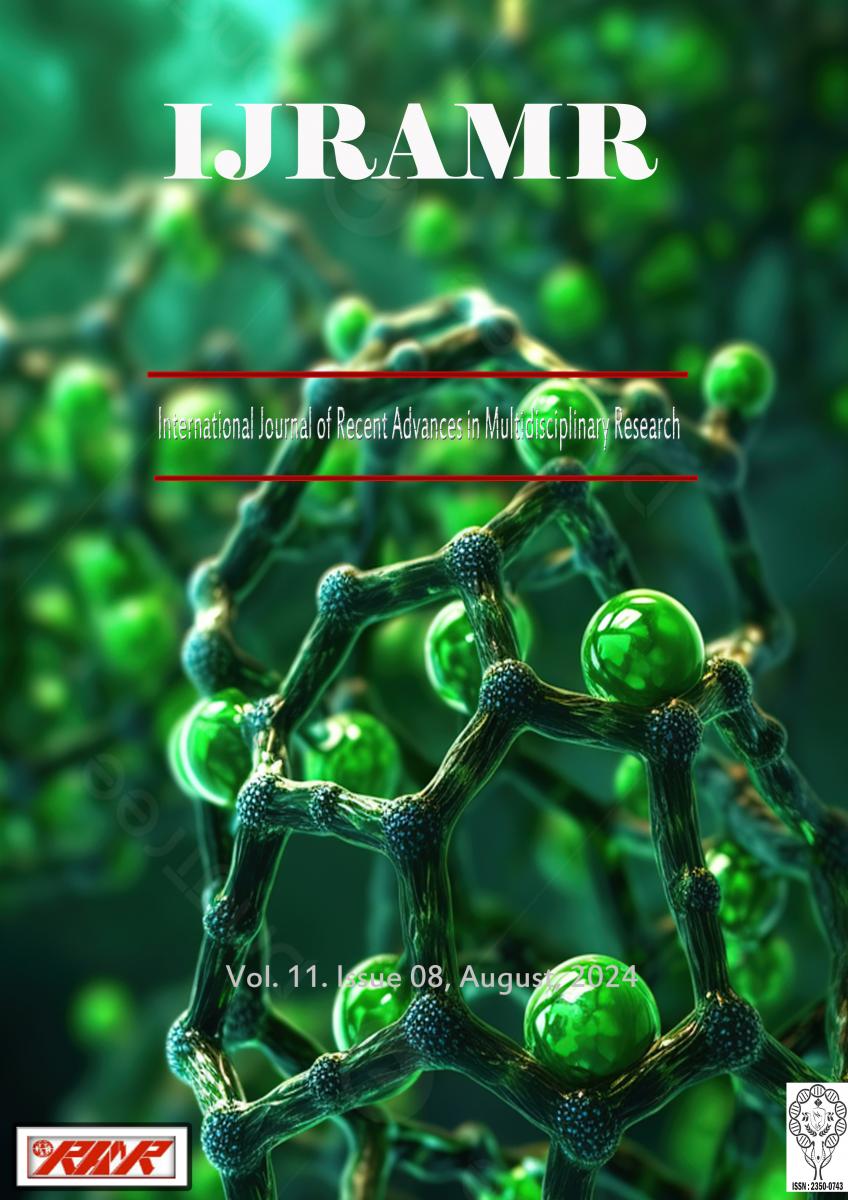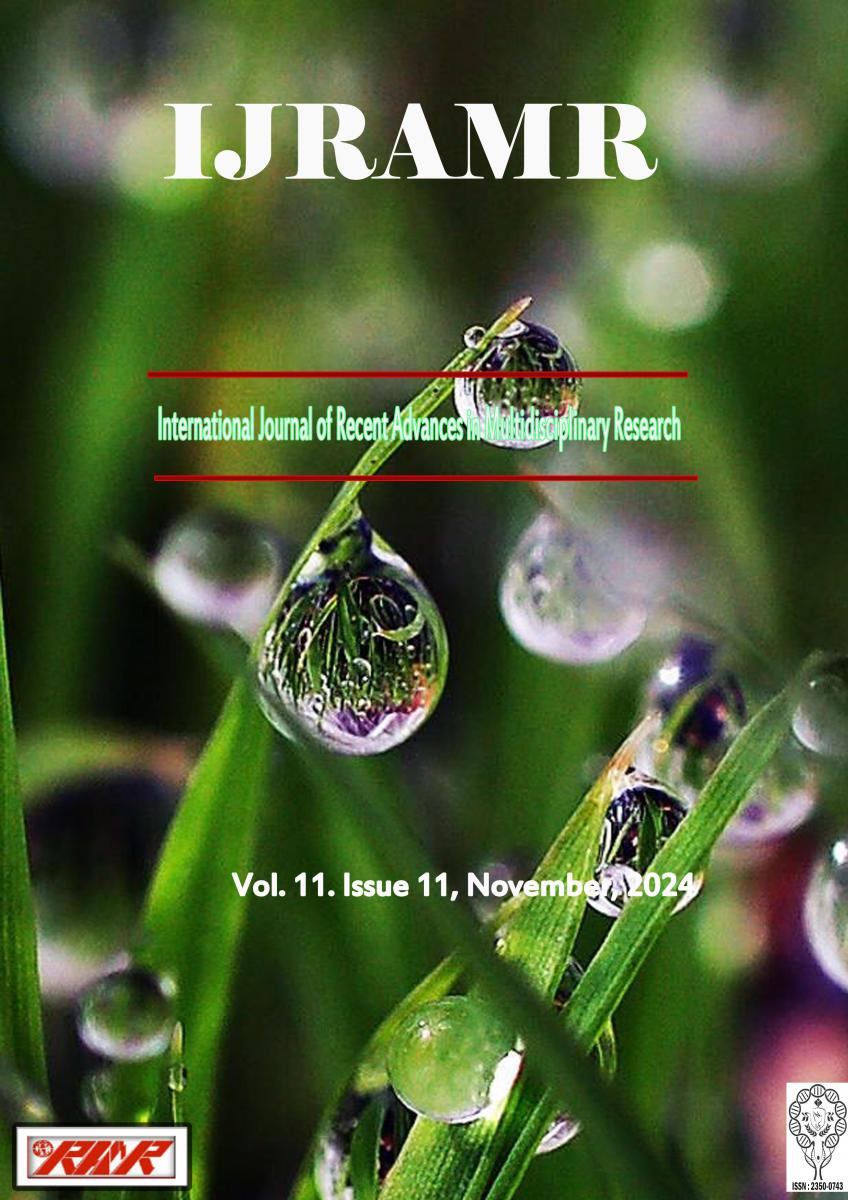Floristic and ethnobotanical studies of three plants, cactus, carob and caper used in the zerhoun region (morocco)
The aim of this research project was to provide a thorough and comprehensive analysis of ethnobotanical and floristic investigations of medicinal and food-based plants. The study was based on a collection of data on food and therapeutical uses among the people of Zerhoun area.A series of ethnobotanical surveys were carried out in the field for three months long(from April to June 2014).






